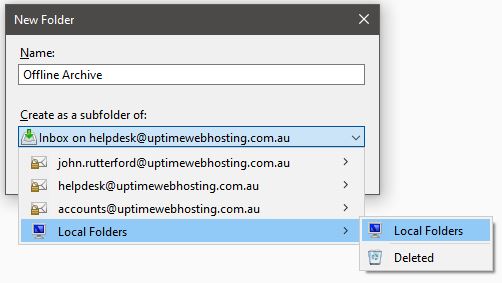Create Perfect Spam Filters Now

Introduction to Spam Filters

The advent of email and other digital communication methods has revolutionized the way we interact with each other. However, this has also led to the proliferation of unwanted and unsolicited messages, commonly known as spam. To combat this issue, spam filters have become an essential tool for email providers and users alike. In this article, we will delve into the world of spam filters, exploring their importance, types, and how to create effective ones.
Understanding Spam

Before we dive into the details of spam filters, it’s essential to understand what spam is and how it works. Spam refers to any unwanted or unsolicited digital communication, including emails, messages, or comments. Spam can be used for various purposes, such as advertising, phishing, or spreading malware. The primary goal of spam is to trick or deceive the recipient into taking a specific action, such as clicking on a link or providing sensitive information.
Importance of Spam Filters

Spam filters play a crucial role in protecting users from the threats posed by spam. Here are some reasons why spam filters are essential: * Protection from malware and viruses: Spam filters help prevent the spread of malware and viruses by blocking suspicious emails and attachments. * Prevention of phishing attacks: Spam filters can detect and block phishing attempts, which can lead to identity theft and financial loss. * Reducing inbox clutter: Spam filters help keep your inbox clean by removing unwanted emails, making it easier to find important messages. * Saving time and resources: By automatically filtering out spam, users can save time and resources that would be spent on manually deleting unwanted emails.
Types of Spam Filters

There are several types of spam filters, each with its unique approach to detecting and blocking spam. Some of the most common types of spam filters include: * Rule-based filters: These filters use pre-defined rules to identify spam emails based on keywords, sender information, and other criteria. * Bayesian filters: These filters use machine learning algorithms to analyze the content of emails and determine the likelihood of them being spam. * Blacklist filters: These filters block emails from known spammer IP addresses or domains. * Whitelist filters: These filters allow emails from trusted senders to bypass the spam filter.
Creating Effective Spam Filters

Creating effective spam filters requires a combination of technical expertise and understanding of spammer tactics. Here are some steps to create perfect spam filters: * Use a combination of filtering techniques: Use a combination of rule-based, Bayesian, and blacklist/whitelist filtering to create a robust spam filter. * Keep the filter up-to-date: Regularly update the filter with new rules and algorithms to stay ahead of spammers. * Use machine learning algorithms: Train machine learning algorithms on a dataset of spam and legitimate emails to improve the filter’s accuracy. * Monitor and adjust: Continuously monitor the filter’s performance and adjust the settings as needed to optimize its effectiveness.
📝 Note: Creating effective spam filters requires ongoing effort and attention to stay ahead of spammers and their evolving tactics.
Best Practices for Spam Filter Configuration

To get the most out of your spam filter, follow these best practices for configuration: * Set the filter to block spam: Configure the filter to block spam emails rather than just flagging them as suspicious. * Use a conservative approach: Err on the side of caution when configuring the filter to avoid false positives. * Whitelist trusted senders: Add trusted senders to the whitelist to ensure their emails are not blocked. * Monitor the filter’s performance: Regularly check the filter’s performance to ensure it is effectively blocking spam and not blocking legitimate emails.
| Filter Type | Description |
|---|---|
| Rule-based filter | Uses pre-defined rules to identify spam emails |
| Bayesian filter | Uses machine learning algorithms to analyze email content |
| Blacklist filter | Blocks emails from known spammer IP addresses or domains |
| Whitelist filter | Allows emails from trusted senders to bypass the spam filter |

In the end, creating perfect spam filters requires a combination of technical expertise, ongoing effort, and attention to detail. By understanding the importance of spam filters, types of filters, and best practices for configuration, you can create effective spam filters that protect users from the threats posed by spam. The key to success lies in staying ahead of spammers and their evolving tactics, and continually monitoring and adjusting the filter’s performance to optimize its effectiveness.
What is the primary goal of spam filters?

+
The primary goal of spam filters is to protect users from unwanted and unsolicited digital communication, such as spam emails, by blocking or flagging them as suspicious.
What are the different types of spam filters?

+
There are several types of spam filters, including rule-based filters, Bayesian filters, blacklist filters, and whitelist filters, each with its unique approach to detecting and blocking spam.
How can I create effective spam filters?

+
To create effective spam filters, use a combination of filtering techniques, keep the filter up-to-date, use machine learning algorithms, and continuously monitor and adjust the filter’s performance.



